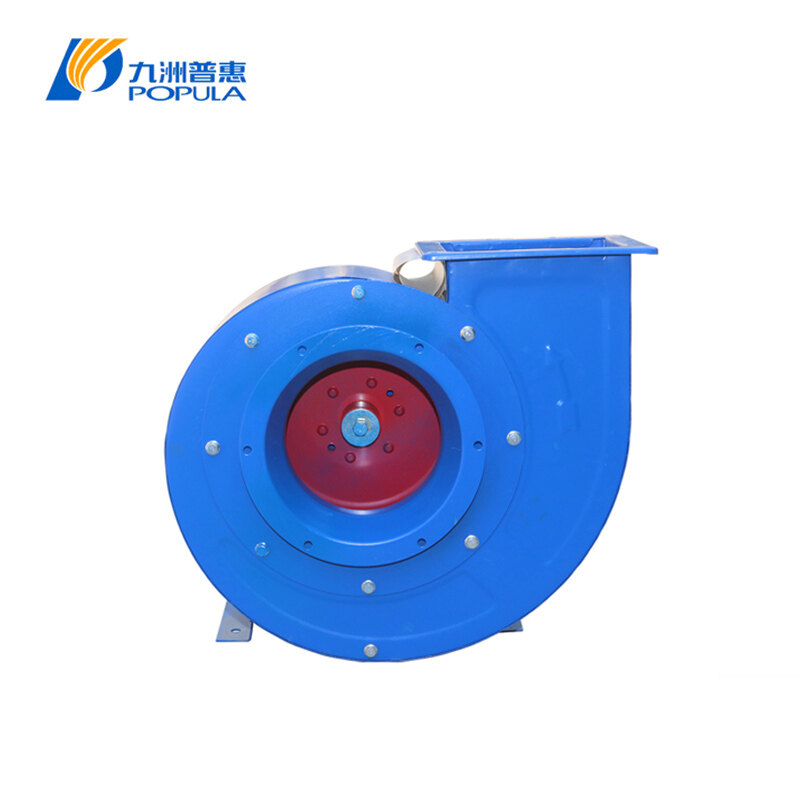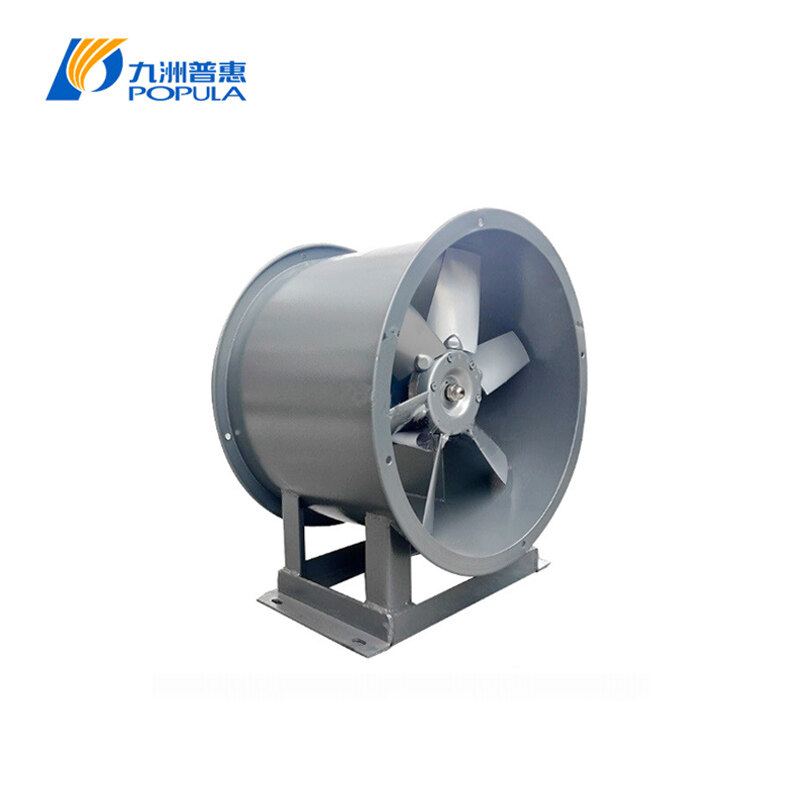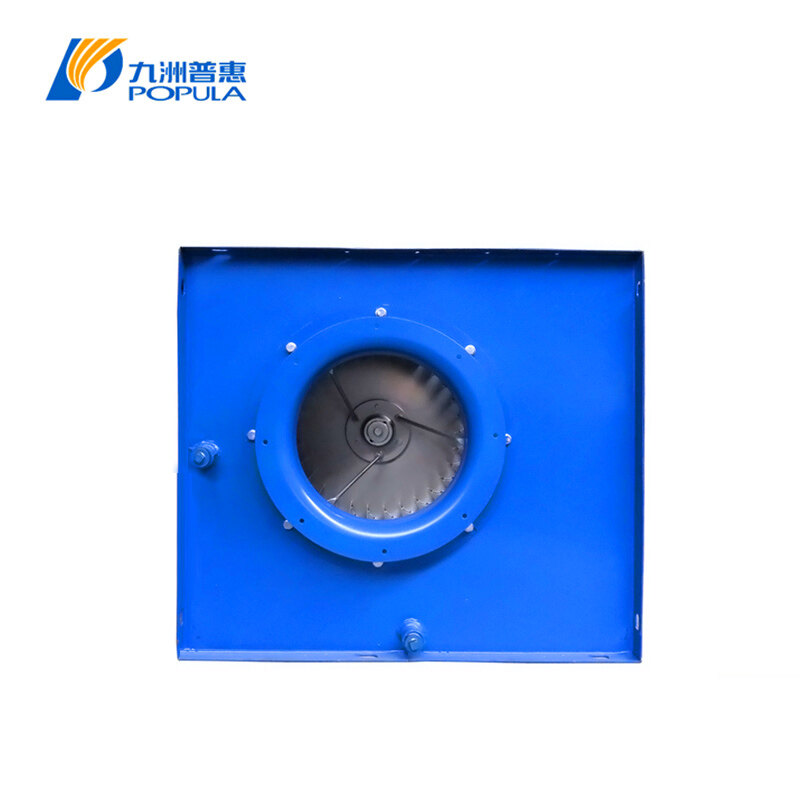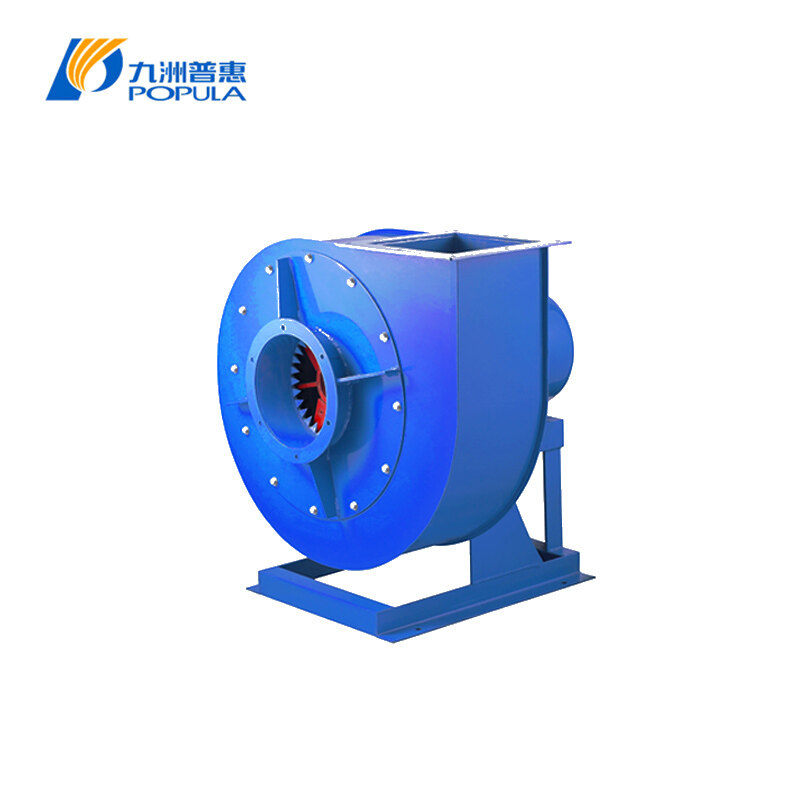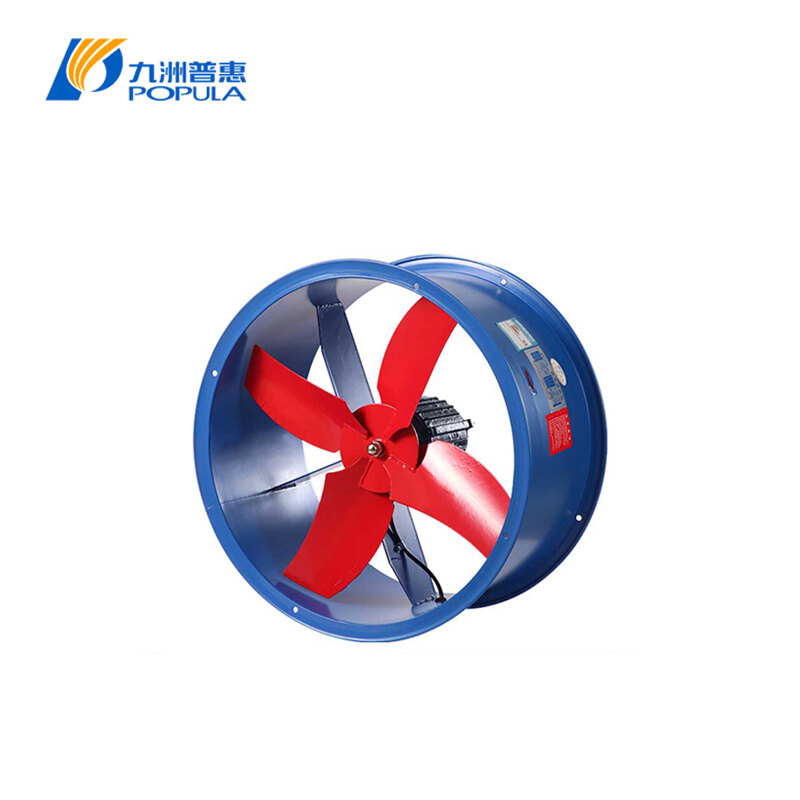Steam rooms offer a luxurious and therapeutic experience, but without proper ventilation, they can quickly become uncomfortable and potentially hazardous. This is where steam exhaust fans play a crucial role. In this comprehensive guide, we'll explore the world of steam exhaust fans, their benefits, selection criteria, installation best practices, and maintenance tips to help you create the perfect steam room environment.
Understanding Steam Exhaust Fans
Steam exhaust fans are specialized ventilation devices designed to remove excess moisture, heat, and steam from enclosed spaces such as steam rooms, saunas, and bathrooms. These fans work by creating negative pressure within the room, drawing out humid air and replacing it with fresh, dry air from outside.
The key components of a steam exhaust fan include:
* The fan motor
* Impeller blades
* Housing unit
* Ducting system
* Control mechanism (manual switch or automatic humidity sensor)
Benefits of Installing a Steam Exhaust Fan
Moisture control is the primary function of steam exhaust fans. By efficiently removing excess humidity, these fans prevent water condensation on surfaces, which can lead to mold growth, structural damage, and slippery conditions. This is especially important in steam rooms where humidity levels can reach 100%.
Improved air quality is another significant benefit. Steam exhaust fans help remove stale air, odors, and potentially harmful airborne particles, ensuring a fresh and clean environment for users. This is particularly crucial in commercial settings where multiple people use the steam room throughout the day.
Extended equipment lifespan is an often-overlooked advantage of proper ventilation. By reducing moisture levels, steam exhaust fans help protect electrical components, fixtures, and building materials from corrosion and deterioration, ultimately saving on maintenance and replacement costs.
Choosing the Right Steam Exhaust Fan
When selecting a steam exhaust fan, several factors must be considered:
* Room size and volume
* Expected humidity levels
* Frequency of use
* Noise requirements
* Energy efficiency
Types of steam exhaust fans include:
* Ceiling-mounted fans
* Wall-mounted fans
* Inline duct fans
* Remote-mounted fans
Sizing considerations are crucial for optimal performance. The fan's capacity, measured in cubic feet per minute (CFM), should be sufficient to exchange the room's air volume 8-10 times per hour. For example, a 100 square foot steam room with an 8-foot ceiling would require a fan with a minimum capacity of 80 CFM (100 x 8 x 8 / 60 = 106.67 CFM, rounded down to 80 CFM for practical purposes).
Installation Best Practices
Proper placement of the steam exhaust fan is essential for maximum efficiency. Ideally, the fan should be installed on the ceiling or high on a wall opposite the steam source. This placement ensures that the fan captures rising steam and humid air effectively.
Ventilation requirements must be met to ensure the fan operates correctly. This includes providing adequate makeup air and ensuring proper ducting to the outside. The duct should be as short and straight as possible, with minimal bends to reduce airflow resistance.
While some homeowners may opt for DIY installation, professional installation is recommended for steam exhaust fans, especially in commercial settings. Professionals can ensure proper sizing, placement, and compliance with local building codes and regulations.
Maintenance and Care for Steam Exhaust Fans
Regular cleaning is essential to maintain the efficiency and longevity of steam exhaust fans. Clean the fan blades, housing, and grille at least every three months, or more frequently in high-use environments. Use a mild detergent and soft cloth to avoid damaging the fan components.
Common issues with steam exhaust fans include:
- Excessive noise
- Reduced airflow
- Failure to start
- Moisture buildup in the ducting
Troubleshooting these issues may involve checking for obstructions, tightening loose parts, or replacing worn components. If problems persist, consult a professional HVAC technician.
Steam exhaust fans typically last 10-15 years with proper maintenance. Consider replacing your fan if it becomes noisy, inefficient, or fails to control humidity effectively.
Steam Exhaust Fans in Commercial Applications
In industrial settings, steam exhaust fans play a critical role in maintaining safe working conditions and protecting equipment. They are commonly used in manufacturing processes, food production facilities, and chemical plants where steam is generated.
Spa and wellness centers rely heavily on steam exhaust fans to create comfortable environments for their clients. These fans help maintain optimal humidity levels in steam rooms, saunas, and hydrotherapy areas, enhancing the overall spa experience.
Regulatory compliance is a crucial aspect of commercial steam exhaust fan installation. Facilities must adhere to local building codes, OSHA regulations, and industry-specific standards to ensure safety and proper ventilation. Regular inspections and maintenance are often required to maintain compliance.
Conclusion
Steam exhaust fans are essential components in creating safe, comfortable, and efficient steam room environments. By understanding their importance, selecting the right fan, and maintaining it properly, you can ensure a superior steam room experience for years to come. Whether for personal use or commercial applications, investing in a high-quality steam exhaust fan is a decision that pays dividends in comfort, safety, and longevity.


